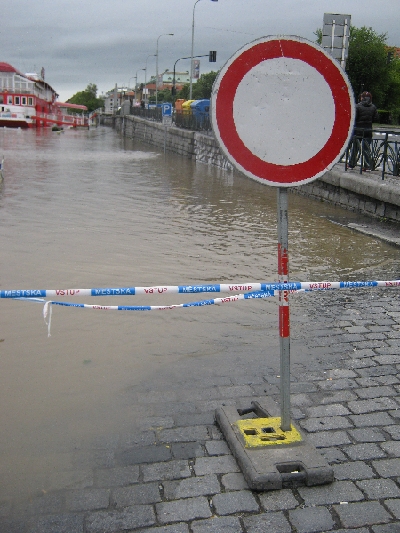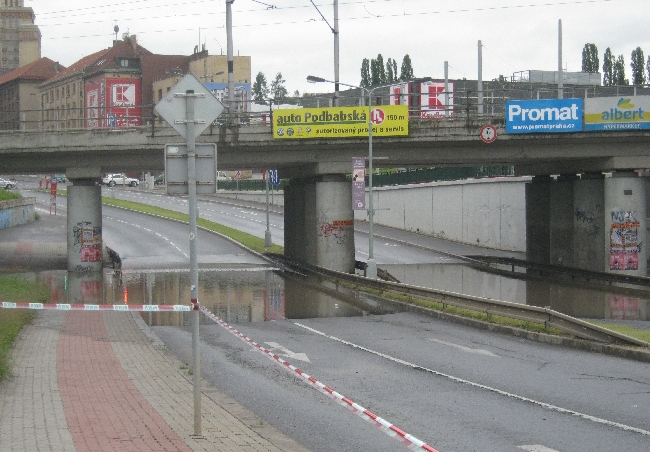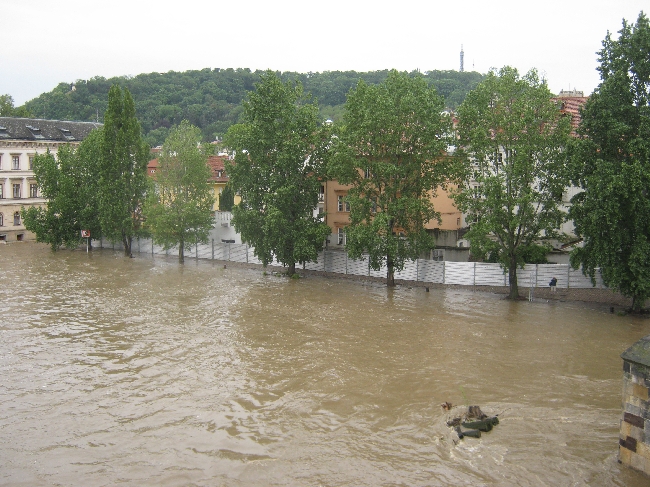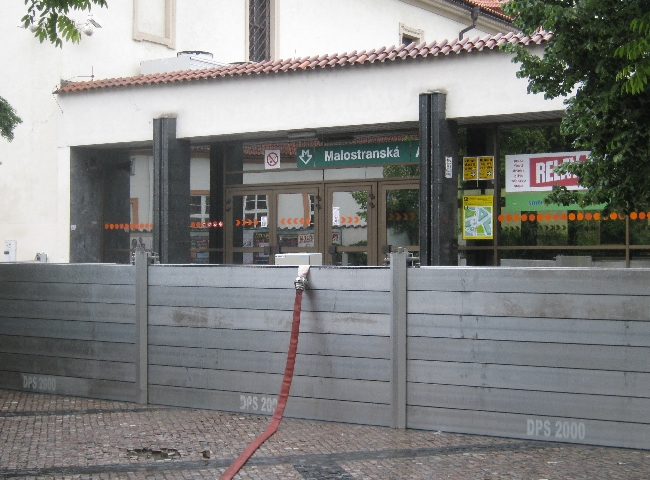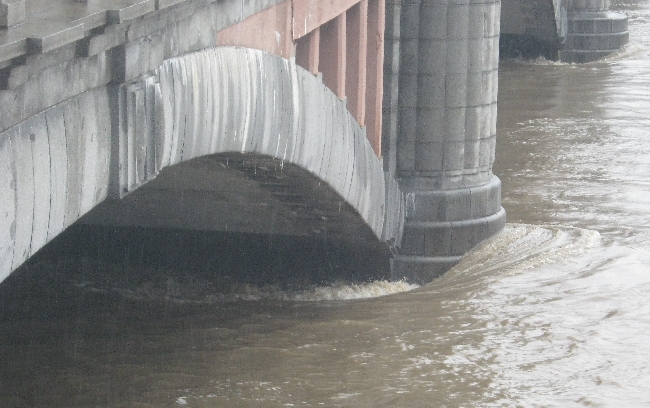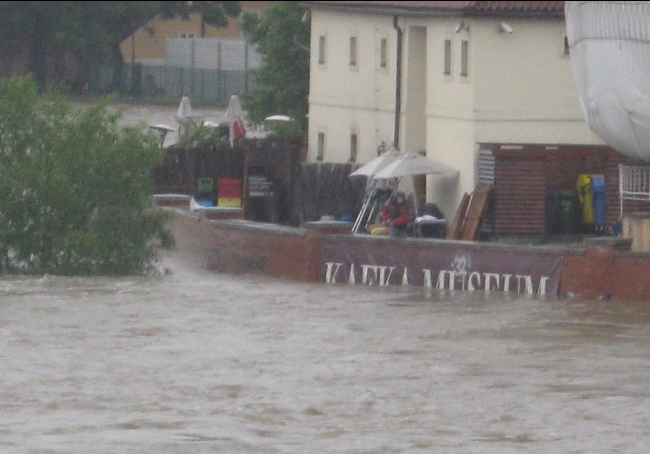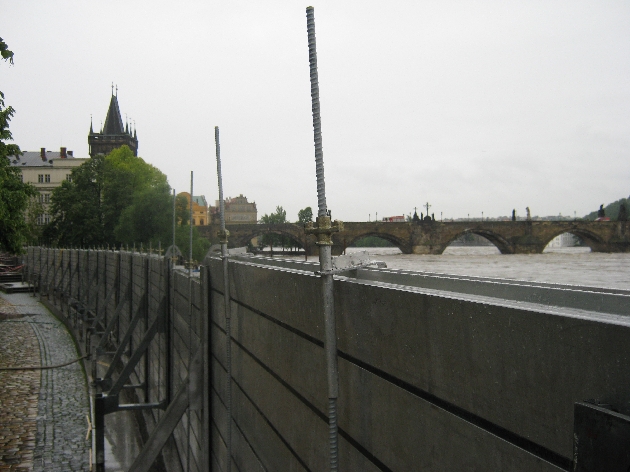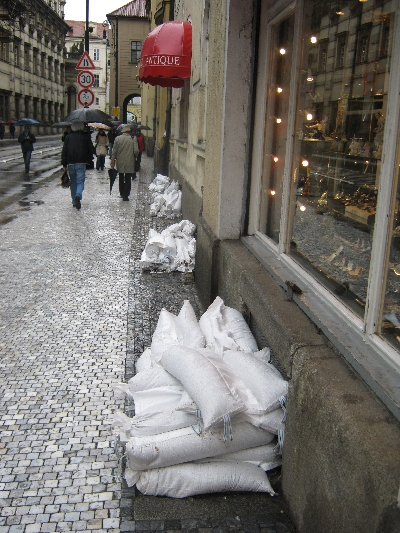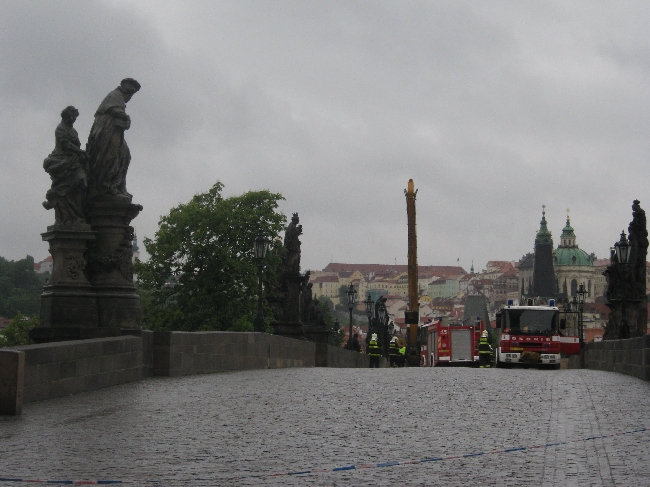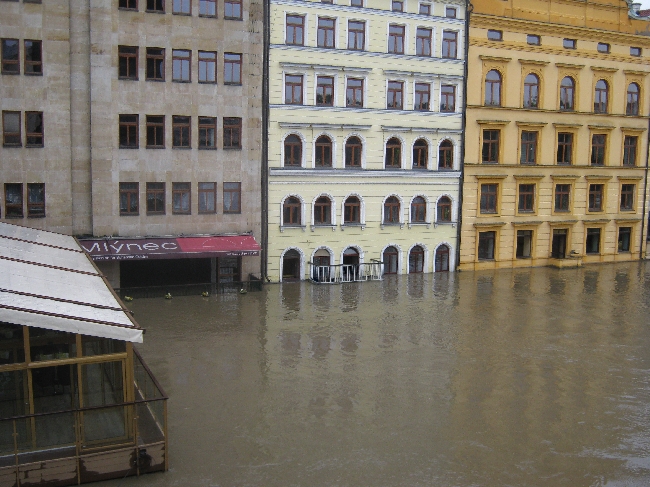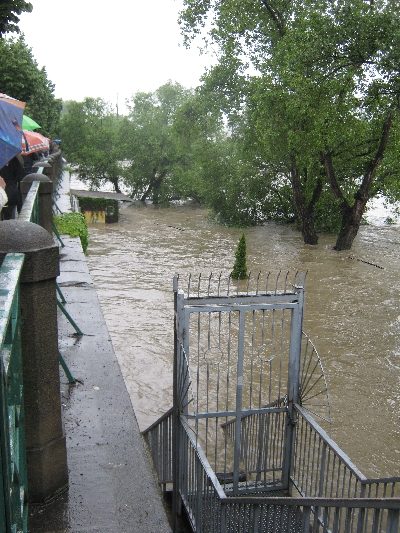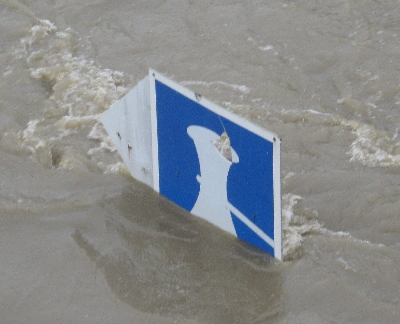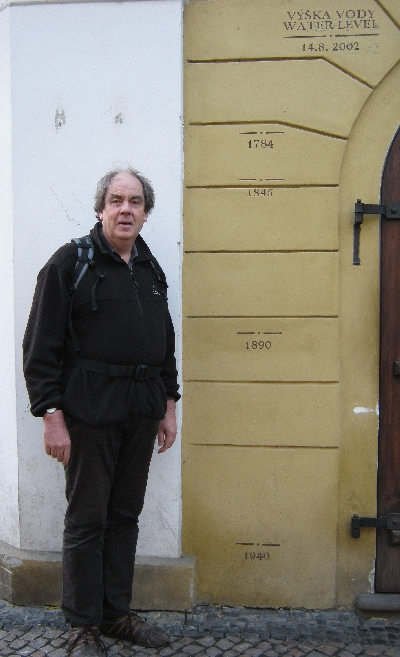
Last Monday evening (3rd June), just as I was uploading photographs to illustrate a draft blog post about the serious flooding we were experiencing in Prague, our connection to the internet died. I soon discovered that the cause of the problem was that our landline phone was also dead – our broadband internet connection is via the landline.
Awaking on Tuesday morning, to find that we still did not have a functioning internet connection, I contacted Gordon the Church Treasurer using my mobile phone, to explain the problem. Although the contract with our service provider O2, is in my name, the monthly bill is sent electronically to Gordon, for him to settle directly from the Church account. Gordon assured me that O2 had an English-speaking helpline and he would contact them and let me know the outcome.
When Gordon contacted O2, the English-speaking helpline offered a recorded message saying that ‘no English-speaking operators were available’, whilst the Czech helpline, upon entering our phone number, produced another recorded message saying that there were ‘technical issues in our area’ but with no indication as to when these ‘technical issues’ might be resolved. The only contact Gordon or I have had from O2 was a Czech text message to my mobile phone last Friday afternoon, promising that compensation for loss of service will be included in next month’s bill.
Having no internet access in my office in the Chaplaincy Flat for six days, has been utterly frustrating. It has also made me very conscious of how reliant I am upon being able to send and receive emails, at little more than the click of a mouse.
But it isn’t just the restrictions that this situation has placed upon me, but also the expectations of those I serve. The assumption that if someone sends me an email, they will receive a prompt reply. Within a couple of days, I had a phone call on my mobile from one of the congregation, most surprised that I hadn’t replied to his email – a simple request for a contact name and phone number to which I would have normally have replied within a few hours.
Fortunately, the purchase of a new laptop computer just over a year ago, has meant that I have managed to make a connection with the internet from time to time, by going to various local bar-restaurants more frequently than normal 🙂 in order to avail myself of their wifi. So I’ve learned to write emails and save them in my drafts folder, and then send them once I get to the pub! But it isn’t the most ideal way to work. Honestly!
Sybille has a fairly common response whenever I ask her something. If she doesn’t immediately know the answer to my question, then she firmly tells me to ‘google it!’ But of course, I cannot ‘google it’, if we have no internet connection. Likewise, when compiling the ‘Weekly Bulletin’ for Sunday worship this past week, I couldn’t click onto the Church of England website and copy and paste the Collect of the Day – I ended up typing it word by word from a book instead. And trying to update the Chaplaincy website 🙁
All along, we have assumed that the ‘technical issues’ to which O2 referred in their recorded message, related to the serious flooding of recent days – that flood-water had got into their system somewhere. So when on Saturday morning, I met Jana who lives on the ground floor of our apartment block, I asked her if she had the same problems with phone and internet as we do. I was surprised when she said she had experienced no interruption to service at all.
Then yesterday evening, about an hour before I got back from Brno from officiating at our regular monthly evening service there, Sybille decided to ask Kamila who lives across the second floor landing from us, if her phone and internet were working. She too, had not had any problems. Even better, Kamila kindly gave Sybille the log-in details to her wifi network, to allow us to piggyback onto her system until O2 get around to resolving their ‘technical difficulties in our area’. So after six long days, both Sybille and I are finally back online.
Kamila’s network only works in our sitting room so I’ve had to temporarily migrate from my office, to the dining table. But her service provider, who also seem to be used by many others in our immediate neighbourhood, say they only need an existing phone landline, in order to provide broadband internet. Therefore, when we do finally get a functioning landline once again, O2 will promptly lose a customer. But when that will be is anyone’s guess. By the time I post this, our landline will have been dead for a whole seven days, and still counting 🙁

